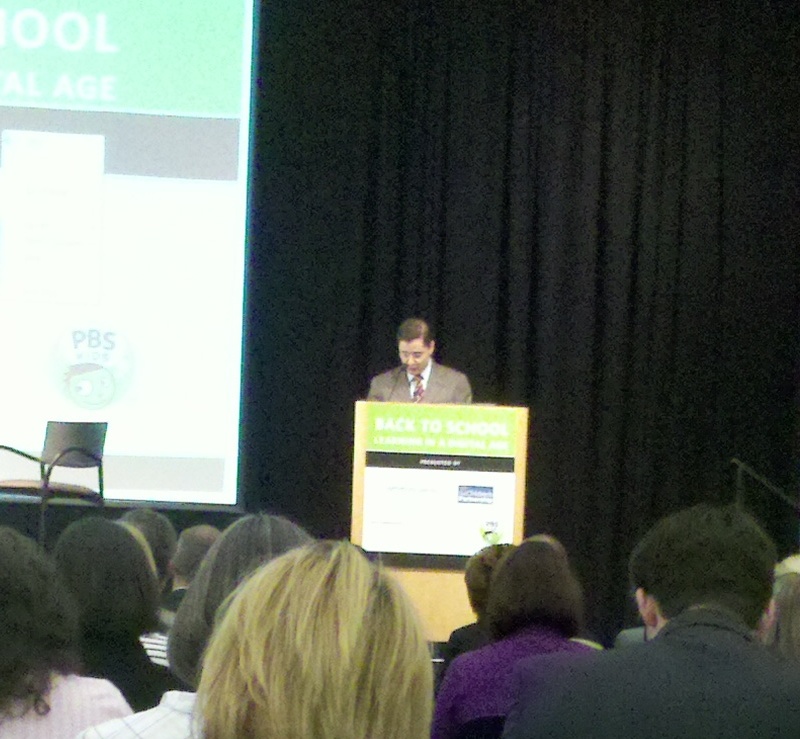
Broadband, mobile, digital: three words repeated frequently by Julius Genachowski, Chairman of the FCC, and Karen Cator, Director of the Office of Educational Technology at the U.S. Dept of Education, at the “Learning in a Digital Age” conference last week that Bookshare attended in Mountain View, California. These three words paint a vision that has the potential to transform education.
Chairman Genachowski discussed a modernization of the e-rate plan that in its first wave brought the Internet to almost all schools. The modernization will equip schools for mobile. He envisions connected schools, the most up-to-date textbooks – digital, of course, and the best e-reader for every student. With online content, distance learning, remote tutoring, and other digital learning tools, learning can occur anytime, anywhere. He stated that it’s time to reboot our schools for the 21st century.
Cator continued the theme of anytime, anywhere learning. Rather than a stack of heavy textbooks, every backpack will have a mobile learning device. Learning today is social, interactive, and participatory. Mobile devices are already having an impact on the classroom. She said, “If we can get the platform done, we’ll have a real revolution.” The content for digital age learning is available today; however, access is the gating factor, followed by adoption. She hopes the modernization of the e-rate will lower the price per bit and help schools do more for less.
All speakers at the event lamented the weakness in our educational system today and deplored the fact that the top nation doesn’t have a world class educational system.
Can Bookshare help improve our educational system for digital age learning? In a word, yes. An estimated one- to two-million students today have print disabilities, such as a severe learning disability, or a visual impairment, or physical disability that affects the ability to read print. A digital accessible book that reads the words aloud on a computer or device, while simultaneously highlighting the text when appropriate for a student’s reading and learning, or renders the text in refreshable braille, removes the barriers to printed content. Students with print disabilities who are exposed to digital accessible books often tell us, “It’s really helped me to bring up my grade from below failing to above a B.” Educators and administrators have similar stories to tell. Picture the national impact if one- to two-million students had better outcomes from a digital learning experience that is available today and easy to implement.
Have you tried digital accessible books with your students with qualified print disabilities yet? When you do, you’ll contribute to our education system overall as well as to the life of your students.
Have you tried digital accessible books and do you have a story to share?

Be First to Comment